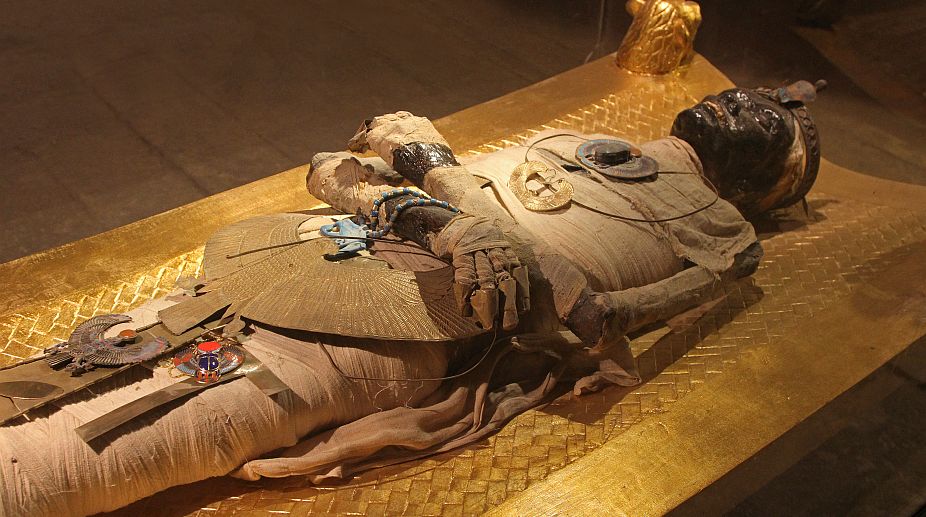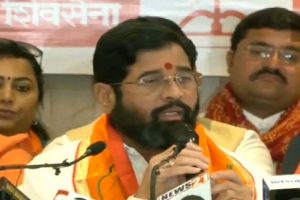An oxygen-free chamber for storage and preservation of mummies – a flagship project ongoing at the Telangana State Museum that houses an over 2,000-year-old Egyptian specimen mummy – could be up and running in a few weeks, an expert said on Monday.
"It's one of the seven mummies in India. To preserve the mummy, you basically need a special case that's got no oxygen. They have just got the chamber and the whole thing could be up and running in a couple of weeks. Before that a little bit of conservation work was done," internationally-acclaimed conservation scientist Vinod Daniel, who is an adviser to the project, told IANS here.
The India-born Daniel is the Chairman of AusHeritage, Australia's International Cultural Heritage Network, and Vice Chairman of the International Council of Museums – Committee for Conservation, was speaking on the sidelines of the two-day 'Preventive Conservation' workshop at the Indian Museum here in collaboration with the Andrew W. Mellon Foundation.
"That is supposed to be a flagship project. The technology is simple and it just needs to be put in place. What works there could work for any other mummy," he said referring to the other mummies in India, including one at the Indian Museum itself.
As for interventions for the project, Daniel advised against replacing anything.
"Whatever is there put it together without replacing anything. For the scaffold that is falling apart, the best thing is to clean it and put up some kind of wire mesh to hold it together," he said.
On the Indian landscape, Daniel said the country needs 20 times more of conservation programmes.
"India needs probably 20 times more than they have right now. There is only one conservation programme in India which can produce 15 graduates and that is in a state of flux. A country this big needs 20 conservation programmes to make a difference," he said.
He also advocated setting-up one flagship museum in each state because that would benefit other smaller museums.
"You have enough scientific equipment that you need to analyse. Building the skill set is the core need," he added.











